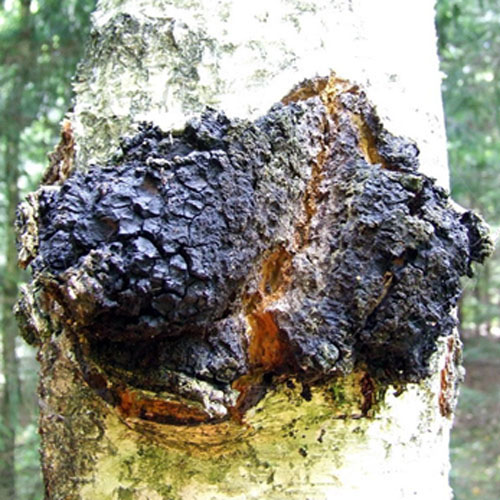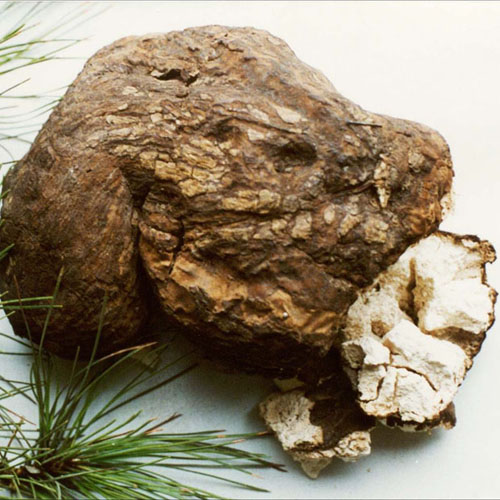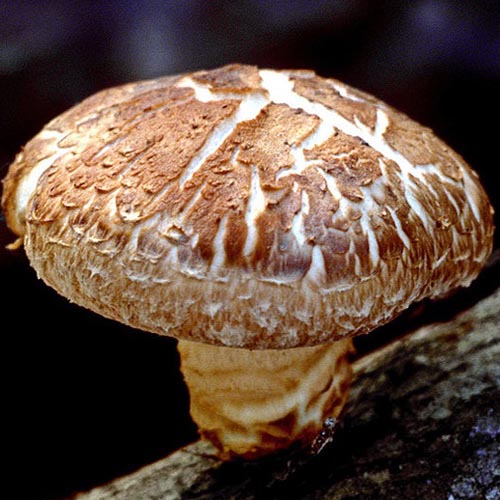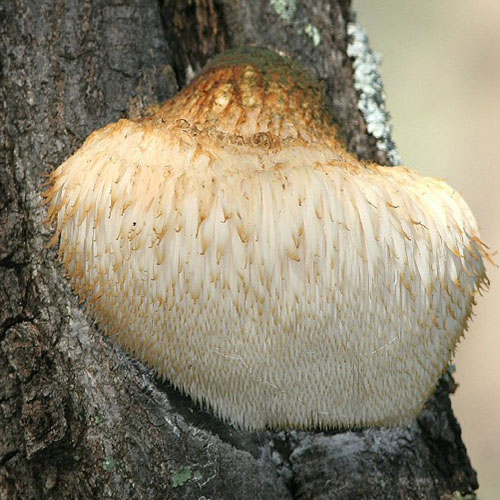- Chinese Name Bai Hua Rong 白桦茸
- Latin Name Inonotus obliquus
- Other Names Phaeoporus obliquus, Cinder conk, Clinker polypore, Birch mushroom, Black Birch Touchwood, Crooked Schiller-porling
- Used Part Fruit Bodies
- Specification Water/Powdered Extract
Chaga Mushroom Extract Powder
Description
Chaga Mushroom History
Wild Chaga grows naturally in the vast forests of Russia, northern China and northern climatic zones in general where birch make up the primary tree species. It is a sclerotium, a hardened mass of mycelium with an amorphous shape. A tree pathogen, Chaga consumes the birch trees on which it grows.
For hundreds of years Chaga has been wildcrafted and utilized by the people of northern Europe and Russia. In Siberian folklore, Chaga is considered the “King of the Mushrooms.” Chaga was listed in the earliest text on Chinese medicine: the fabled Shennong Ben Cao Jing.
Chaga Mushroom Uses
Birch trees contain precursor compounds such as the triterpenoid betulin. Chaga draws betulin and other precursors directly from the birch tree and turns them into inotodiol, trametenolic acid and betulinic acid. Chaga needs the tree-bound precursors to synthesize the triterpenoids for which it is famous. Chaga is traditionally used for stomach illnesses and is anti-tumor.
Chaga Mushroom’s Nutrients
- Data from research conducted at facilities all over the world indicates that chaga contains a full assortment of nutrients including:
- Antioxidants: Chaga is second only to cacao in antioxidants of any whole food or herb in the world (excluding powders)
- Polysaccharides (beta glucans, protein-bound xylogalactoglucans, etc.)
- Superoxide dismutase
- Melanin: Chaga is the best source of this nutrient found in Nature
- Triterpenes
- Betulin, betulinic acid, and lupeol
- Trace Minerals: Contains antimony, barium, bismuth, boron, chromium, copper, germanium, manganese, selenium, and zinc
- Major Minerals: Contains calcium, cesium (highly alkaline), iron, magnesium, phosphorus, potassium, rubidium (highly alkaline), silicon, and sulfur
- Vitamins B2, D2
Chaga Mushroom Research
- Ma L, Chen H et al., Anti-inflammatory and anticancer activities of extracts and compounds from the mushroom Inonotus obliquus. Food Chem. 2013 Aug 15;139(1-4)
- Du D et al., Rapid isolation and purification of inotodiol and trametenolic acid from Inonotus obliquus by high-speed counter-current chromatography with evaporative light scatting detection. Phytochem Anal. 2011 Sep-Oct;22(5):419-23
- Nomura M. et al., Inotodiol, a Lanostane Triterpenoid, from Inonotus obliquus Inhibits Cell Proliferation through Caspase-3-dependent Apoptosis. ANTICANCER RESEARCH 28: 2691-2696 (2008)





